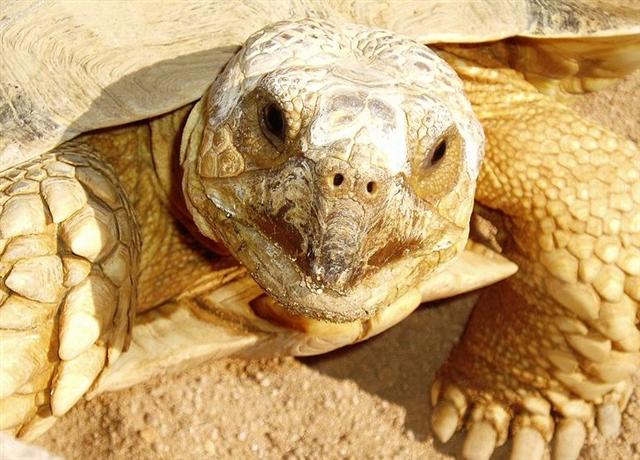|
7. The 5th lunar mansion is not at Rigel but at Heka: ... Al Maisān, the title of γ Geminorum, by some error of Firuzabadi was applied to this star as Meissa, and is now common for it. Al Sufi called it Al Tahāyī; but Al Ferghani and Al Tizini knew it as Rās al Jauzah, the Head of the Jauzah, which it marks. The original Arabic name, Al Hak'ah, a White Spot, was from the added faint light of the smaller φ¹and φ² in the background, and has descended to us as Heka and Hika. These three stars were another of the Athāfiyy [tripods used for cooking] of the Arabs; and everywhere in early astrology were thought, like all similar groups, to be of unfortunate influence in human affairs. They constituted the Euphratean lunar station Mas-tab-ba-tur-tur, the Little Twins, a title also found for γ and η Geminorum; and individually were important stars among the Babylonians, rising to them with the sun at the summer solstice, and, with α and γ, were known as Kakkab Sar, the Constellation of the King ... ... In Chinese ... 'Turtle Beak' ... refers to an asterism consisting of Meissa and both of φ Orionis. Consequently, Meissa itself is known as ... the 'First Star of Turtle Beak' ...
"The term Mrigashira [is] a composite of two Sanskrit words, Mriga meaning animal/beast and Shira meaning head or precisely, the top of the head ... Mirgashira is the correct name of the star, while Mārgashīrsha is the name of the month related to Mrigashira, i.e, the month in which moon will be in conjuncture with the Mirgashira nakshatra." (Wikipedia)
The lambda letter is in form like a tripod and its unlucky influence could in some way be connected with the need to light a fire underneath. Marama in Ga1-19 has a hook as if to suggest the need to 'fish up land'. ... In other lunar zodiacs [than the Euphratean] they were the Sogdian Marezānā, and the Khorasmian Ikhma, the Twins; the Persian Avecr, the Coronet; and the Coptic Klusos, Watery. They also were the 3d manzil, Al Hak'ah; the siue Tsee, or Tsuy He, the Beak, or Pouting Lips, anciently Tsok, which Reeves gave as Keo; and the nakshatra Mrigaciras, or Mrigacirshā, the Head of the Stag, - Soma, the Moon, being its presiding divinity, and λ the junction star towards Ārdrā, and its determinant ... ... Ulug Beg, as well as Nasr al Dīn, likened the group to the letter of the Persian alphabet that was similar in form to the Greek Λ.' I cannot find this Persian letter, but instead I can illustrate my argument with an even more compelling letter, viz. the Malayam letter (pronounced 'ra' or 'ta') used for Rahu: റ Earlier I have pointed out (cfr at Kuukuu) how the Egyptian 'cloth' sign is like the inversed 'sky pillar' sign:   Heka together with φ¹ and φ² form the 'black cloth' sign, like a 2-dimensionsional version of the ominous Arabian Athāfiyy cooking tripods, and if we should add yet another leg it becomes a pyramid. The great pyramids of Giza are on the western side of the River (the Nile), the side suitable for burying people ... |
|||||||||||||||||||||||||||||||||||||||||||||||||||||||||||||||||||||||||||||||||||||||||||||||||||||||||||||||||||||||||||||||||||||||||||||||||||||||||||||||||||||||||||||||||||||||





